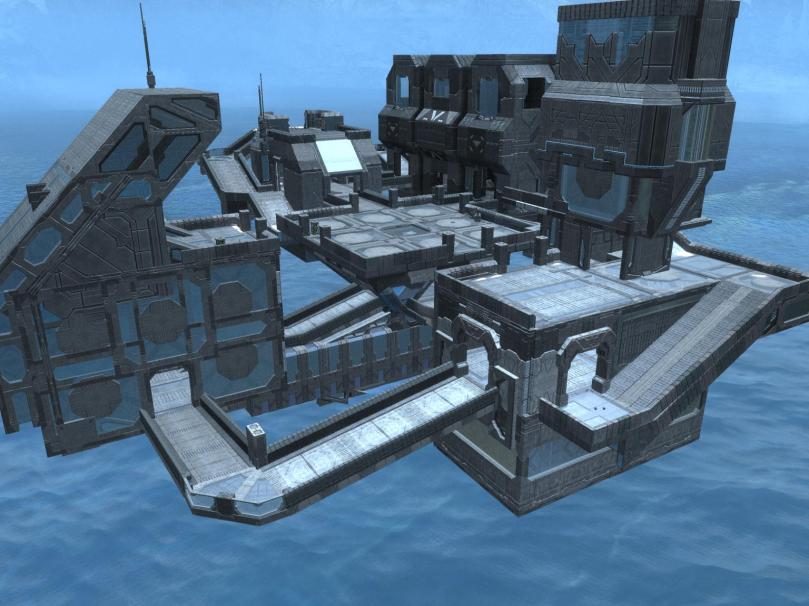This is something I wrote a while back about the evening that Bungie switched off Halo 2’s matchmaking servers. The best console shooter of its age, by a distance, I spent many many years in the curving loops of Midship and mastering the angles of Lockout. What a game.
Even now, Halo 2 is the most important Live title Xbox ever had: the ultimate proof of concept. It dominated online, sold hugely, and established the best matchmaking system out there at the first time of asking. And on April 15, 2010, it was turned off.
No other last-generation game had its legs: when Microsoft announced the impending closure, everyone had the same thought. Got to play Halo 2 again. The end of Live support may not have been a good thing for the remaining playerbase, but it did at least let everyone make plans for the funeral – without such a prompt, it’s doubtful many would have gone back at all. This was a chance to say goodbye.
Marty O’Donnell’s score starts up, its notes finally achieving the poignance they’d always suggested. The old loading screens, wireframe backgrounds with blue marines, and as alwways you’re into a match surprisingly quickly. Hit the Double Team playlist for a warm-up, face up to Nomad Pr0phet and Mr Supreme 69 on Lockout, & it’s all coming back.
Soon we’re playing Tower of Power, a mad variant of the Ascension map: one team has a tower with a mounted gun, the other has a lot of open ground to traverse and shotguns. The lucky gunner nearly always has a field day. There’s time for a sudden death win in CTF on Zanzibar, a few custom games of zombies, and an extended Warthog run on Coagulation. A familiar Halo 2 thing happens: it’s much later than we think.
Tired and emotional, we notice Bungie’s got in on the act, staff members cropping up in matchmaking, the ‘Did You Know’ boxout between matches full of arch messages (“I am your father! Use voice masking to add at least 10 years to your online persona.”) and ultimate n00b tactics (“Dual wielding. When all else fails, circle strafe.”) Team Slayer on Midship for the last time, no looking back and both teams know it.
Both reach 40 kills, both get cautious. The real reason Halo’s multiplayer design surpasses its competitors is right here: it’s a game that rewards teams rather than individuals. The persistent levelling of a COD rewards regardless of the success and failure of the team – Halo 2’s persistence is in one number indicating your level, one that can go up and down.
Every kill, every death counts for something. Team Slayer games are the first to 50, and even new players understand that when your opponents get close, your lot have to be a little more cautious. Halo is very rarely two loose alliances running at each other just trying to rack up kills.
And back on Midship, it’s over. Not with a neat sword slice, or a typical dual wield, or even up-close and personal with the shotgun. It’s a sticky that seems to hang forever in the air before landing with a sizzle on the floor, just as an enemy turns the corner. Blind luck, really. But sweet as a nut all the same.
In the end we had to switch off, because there could have been as many last games as we wanted – the deadline didn’t quite fall like an axe. I later learned that some of the truly hardcore had stayed on for weeks. Every player will have had a different Halo 2, and a different ending. For us, it was Midship and a fluked sticky. That’s the way Halo 2 arrived, and the way it went out – not with a whimper, but a bang.
